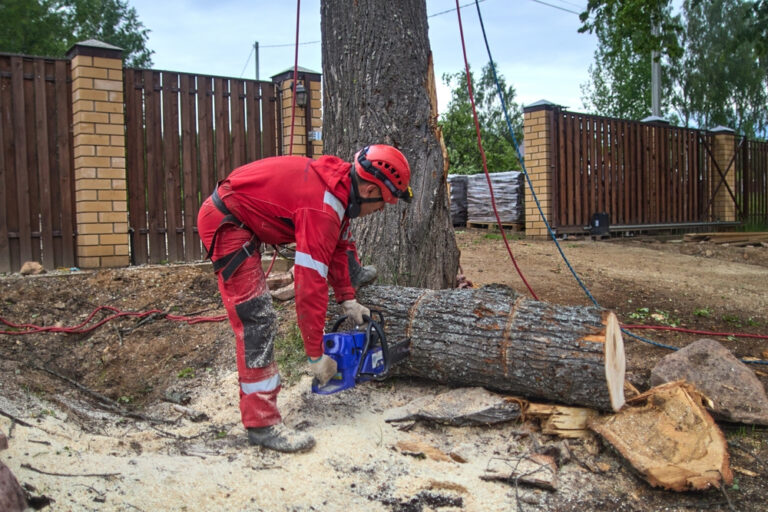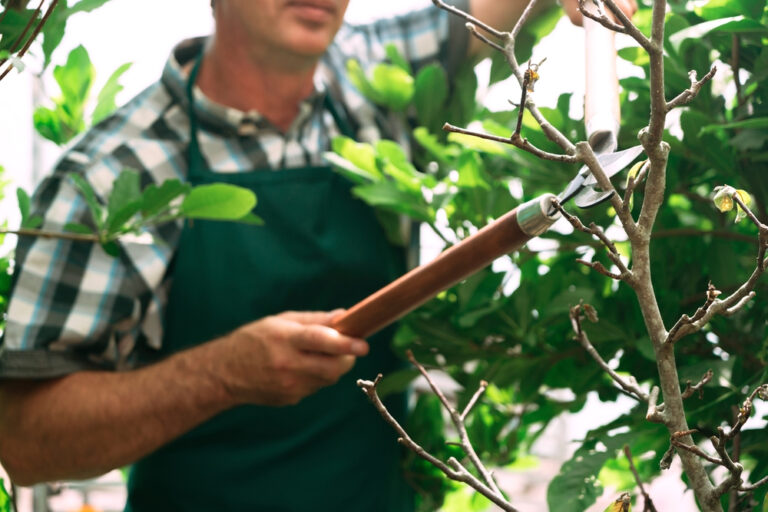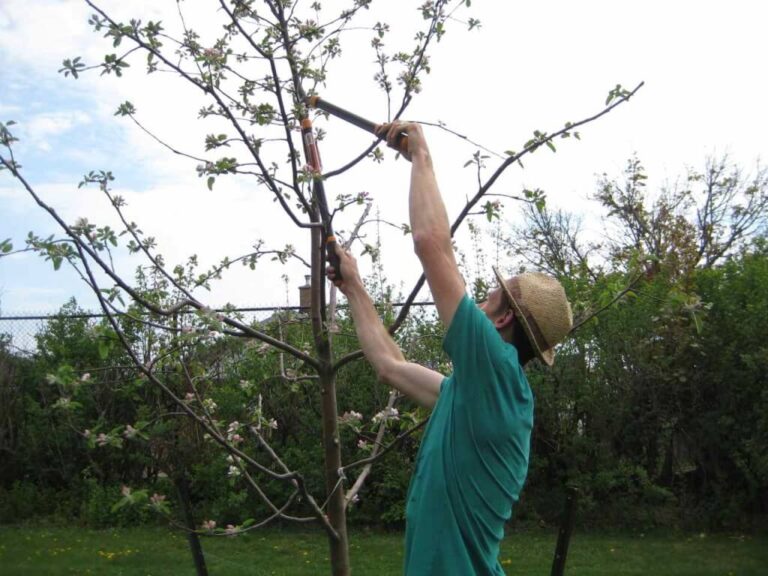Richmond, Virginia is well-known for its historic neighborhoods and rich vegetation, which features amazing trees adding to the appeal of the city. These trees sustain local animals, improve air quality, and help to lower urban heat by means of their aesthetic appeal as well as their vital influence. To be safe and healthy, trees do, however, need consistent maintenance.Whether a tree requires trimming or total removal presents difficulties for many property managers and homeowners. If not taken quick care of, factors include structural instability, sickness, or storm damage can cause major hazards. Ignoring these problems could cause hazards including falling limbs, structure damage from roots, or perhaps total tree collapse.
This blog offers professional guidance and actionable insights to help Richmond people determine whether a tree requires tree trimming or removal services, so preserving a safe and beautiful surroundings.
Signs a Tree Needs Trimming
An indispensable part of tree care is tree trimming. It guarantees the tree’s health and safety as well as its looks. The most often occurring indicators that your tree might need cutting are:
1. Overgrown Branches
Overgrown branches can have several issues:
- Interference with Power Lines: Branches growing onto or too near power lines can produce electrical sparks, power outages, or perhaps fires.
- Obstructed Views: Too much foliage can obscure views of driveways, streets, or signs, therefore affecting visibility and safety.
- Damage to Property: Particularly in windy or stormy weather, branches rubbing against windows, fences, or rooftops can cause structural damage.
One preventive step that preserves your property and the general health of the tree is cutting excessive limbs.
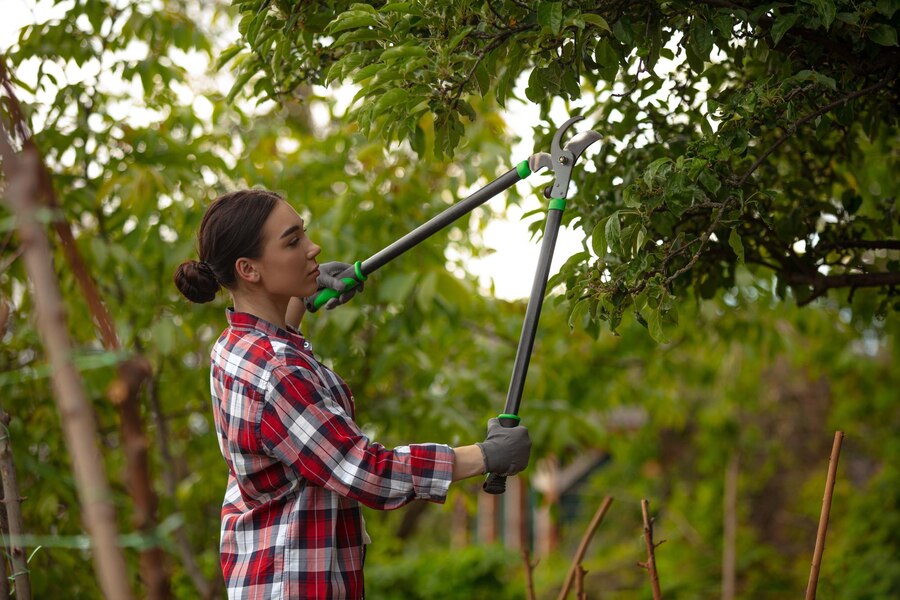
2. Dead or Dying Branches
One obvious sign of a tree in trouble is deadwood:
- Falling Risks: Dead branches can strike without notice, harming adjacent property, pets, or humans.
- Infection Spread: Pests and diseases attracted by dead branches often find their way to better sections of the tree or nearby trees.
Safety and appearance depend on regular dead branch removal—a technique sometimes referred to as deadwooding.
3. Crossing or Tangled Branches
Serious problems might arise from rubbing-against-each other branches:
- Wounds and Infections: The friction exposes the tree to fungal diseases and parasites and ruins bark.
- Structural Weakness: Crossing branches weakens the tree’s structure, increasing its susceptibility to storm damage.
Correct tree pruning methods provide ordered growth of branches, therefore lowering their danger of injury.
4. Weak or Damaged Branches
Branches damaged by age, pests, or storms are dangerous.
- Cracks or Splits: Visible damage can point to a branch’s breaking off risk.
- Storm Damage: Broken or hanging limbs call for quick treatment to stop more damage to the tree or surrounding buildings.
Early trimming of weak branches helps to keep the general form of the tree and reduces mishaps.
Signs a Tree Needs Removal
Although trimming can help with many tree-related issues, occasionally removal is the only practical answer. The following describes the circumstances:
1. Severe Disease or Infestation
A tree can be damaged by some diseases and pests beyond rehabilitation.
- Dutch Elm Disease: This fungus quickly spreads and compromises elm tree structural integrity.
- Emerald Ash Borer: These invasive insects bore into ash trees, causing extensive internal damage that often necessitates removal.
Eliminating a severely infected tree is necessary to preserve the surrounding flora and landscape.
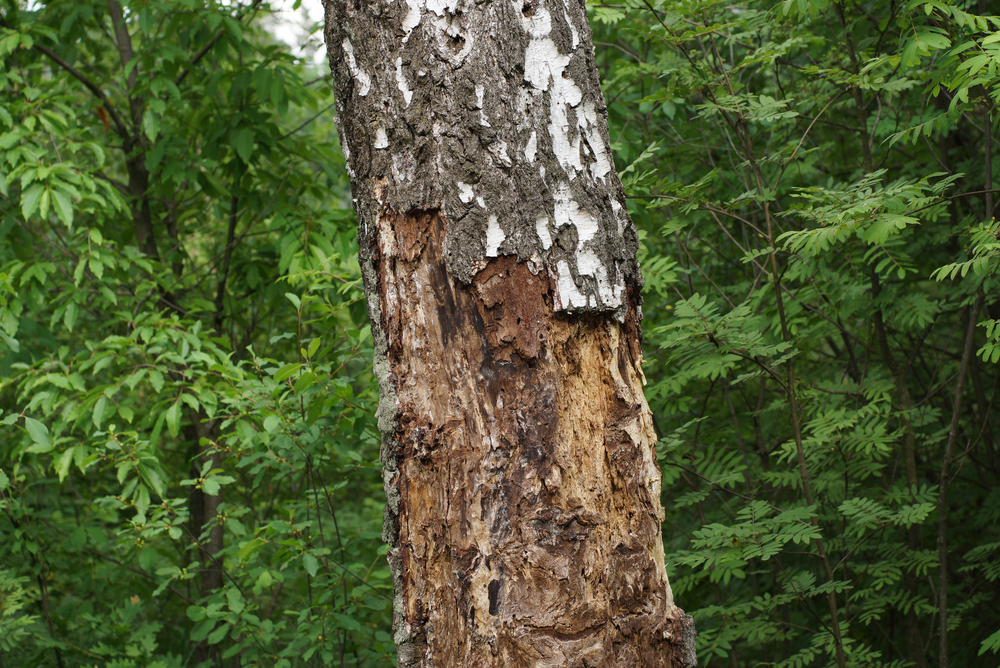
2. Significant Structural Damage
Extensive damage to trees makes them a liability.
- Storm Damage: Strong winds and lightning strikes can fracture trunks or cause trees to topple over.
- Internal Decay: Even if the outside looks to be intact, hollow or rotting interiors weaken a tree.
Eliminating a structurally weak tree guarantees the security of your property and helps to avoid mishaps.
3. Proximity to Structures
Trees too near fences, electrical wires, or buildings can create major problems:
- Root Damage: Expanding roots can break sidewalks, foundations, or subterranean utilities.
- Overhanging Branches: During storms, branches near windows or rooftops can damage things.
In these situations, the best and most reasonably priced course of action could be to remove the tree.
4. Dead or Dying Trees
A totally dead or decaying tree creates several hazards.
- Hazards: Dead trees especially in storms or strong winds are prone to falling.
- Pests: Deadwood draws termites, ants, and other pests that might affect neighboring buildings or trees.
Early removal reduces these hazards and makes replanting or landscape enhancements possible.
When to Consult an Arborist in Richmond, VA
Not every tree problem is simple, hence professional knowledge is rather helpful. See a trained arborist to save time, money, and maybe headaches.
- Uncertain Situations: An arborist can offer a professional evaluation if you’re not sure about the state of a tree.
- Safety Concerns: Large or difficult tree problems sometimes call for certain tools and expertise.
- Preventive Care: Arborists can provide remedies and spot early warning signals of structural weakening or disease.
Regarding tree maintenance, keep in mind that being proactive is preferable to reacting.
Finding a Qualified Arborist in Richmond, VA
Selecting the correct arborist guarantees your trees get the greatest treatment. Here’s how to locate a qualified expert:
- Certifications: Search for arborists certified by groups like the International Society of Arboriculture (ISA).
- Insurance: Make sure they carry worker’s compensation and liability insurance to guard against mishaps.
- Local Recommendations: Consult internet reviews or get references from Richmond neighbors and friends.
- Transparent Pricing: Get thorough projections to evaluate expenses and offerings.
Supporting neighborhood arborists supports the local economy and helps to preserve Richmond’s urban forest’s health.
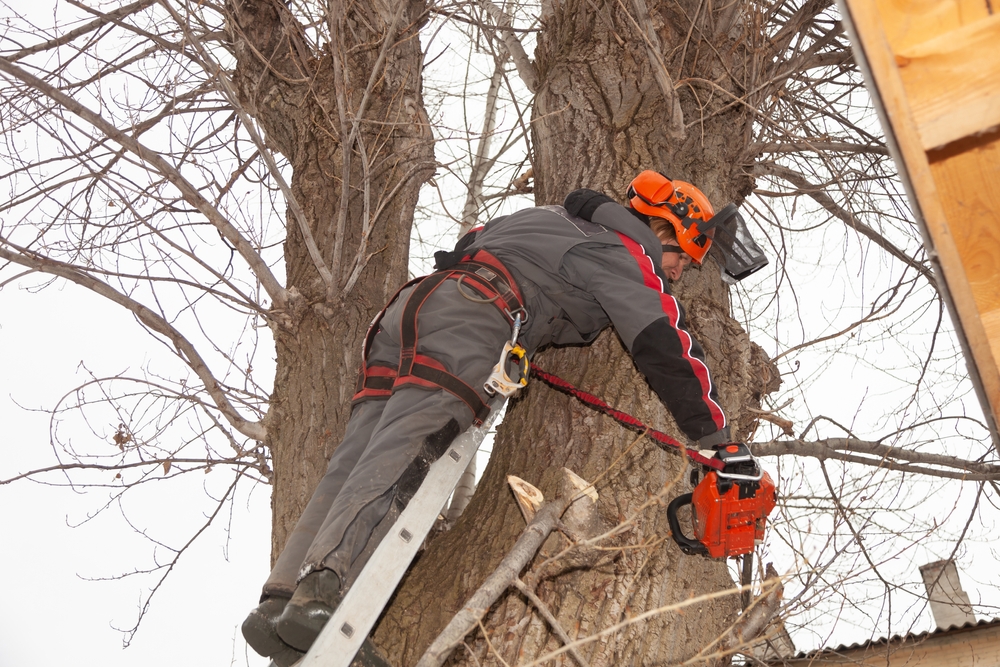
Conclusion
Maintaining Richmond’s gorgeous trees guarantees the city stays vibrant, safe, and sustainable. Timely action is absolutely vital whether a tree requires removal to remove hazards or trimming to preserve its health. Frequent tree maintenance not only improves the look of your property but also guards your house, family, and neighborhood.
Avoid waiting for a little issue to become out of control. For professional tree services and assistance, get in touch a Richmond certified arborist right now. Working together, we can protect the safety and beauty of our metropolitan environment.
Tree Trimming Richmond
(804) 533-3943
https://treetrimmingrichmond.com/

